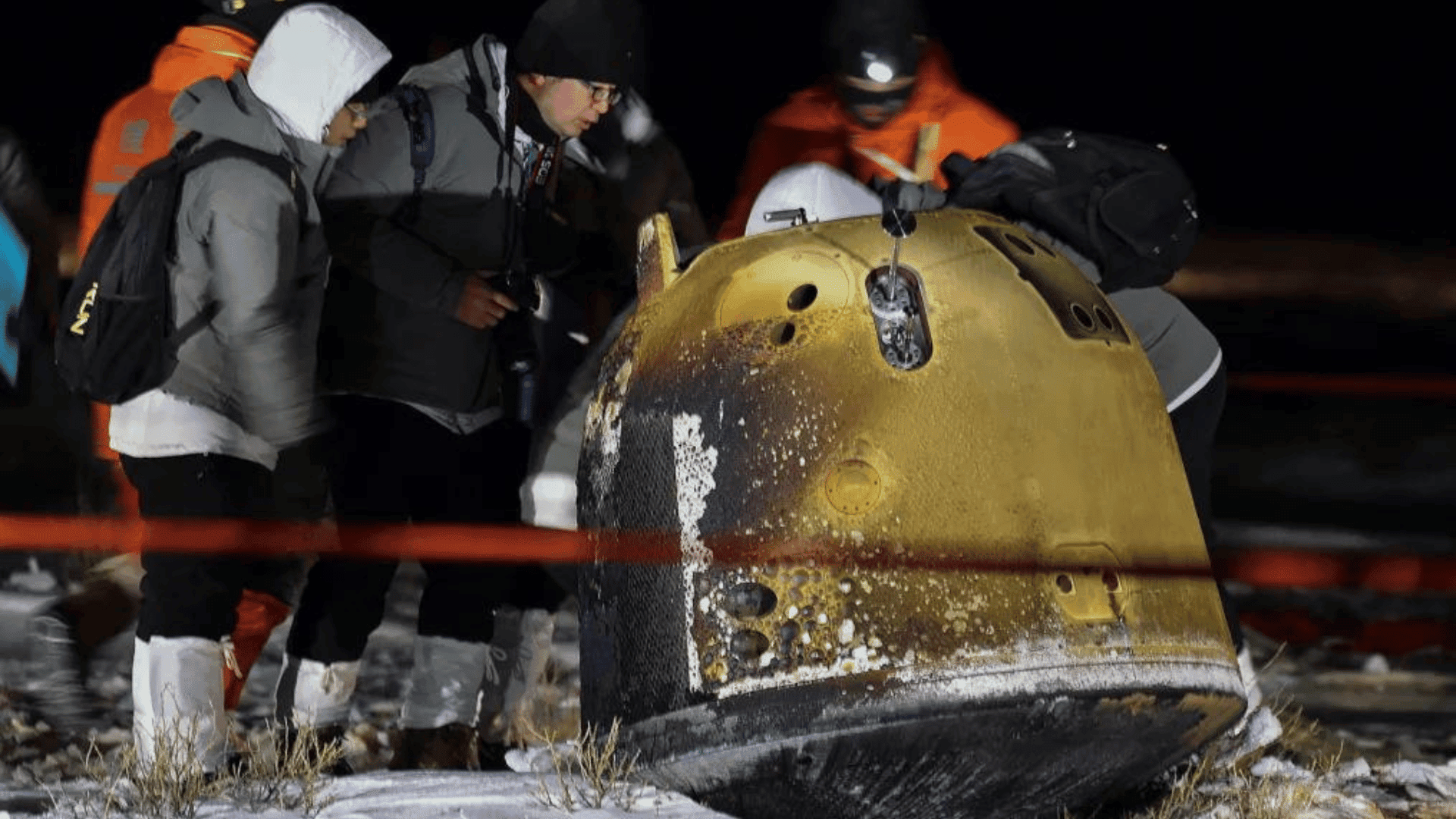
Imagen IC 2431 del telescopio espacial Hubble, que parece ser una fusión de tres galaxias en progreso, así como una mezcla tumultuosa de formación estelar y distorsiones de marea causadas por las interacciones gravitatorias de este trío galáctico. Crédito: ESA/Hubble y NASA, W. Keel, Dark Energy Survey, DOE, FNAL, DECam, CTIO, NOIRLab/NSF/AURA, SDSS, Agradecimientos: J. Schmidt
La acumulación de polvo y las estrellas brillantes que giran en esta imagen son la fusión de las galaxias distantes IC 2431, ubicadas a 681 millones de años luz de la Tierra en la constelación de Cáncer. el[{» attribute=»»>NASA/ESA Hubble Space Telescope has captured what appears to be a triple galaxy merger in progress, as well as a tumultuous mixture of star formation and tidal distortions caused by the gravitational interactions of this galactic trio. The center of this image is obscured by a thick cloud of dust — though light from a background galaxy can be seen piercing its outer extremities.
This image is from a series of Hubble observations investigating weird and wonderful galaxies found by the Galaxy Zoo citizen science project. Using Hubble’s powerful Advanced Camera for Surveys (ACS), astronomers took a closer look at some of the more unusual galaxies that volunteers had identified.
The original Galaxy Zoo project was the largest galaxy census ever carried out, and relied on crowdsourcing time from more than 100,000 volunteers to classify 900,000 unexamined galaxies. The project achieved what would have been years of work for a professional astronomer in only 175 days, and has led to a steady stream of similar astronomical citizen science projects.
Later Galaxy Zoo projects have included the largest ever studies of galaxy mergers and tidal dwarf galaxies, as well as the discovery of entirely new types of compact star-forming galaxies.

«Erudito en viajes incurable. Pensador. Nerd zombi certificado. Pionero de la televisión extrema. Explorador general. Webaholic».






